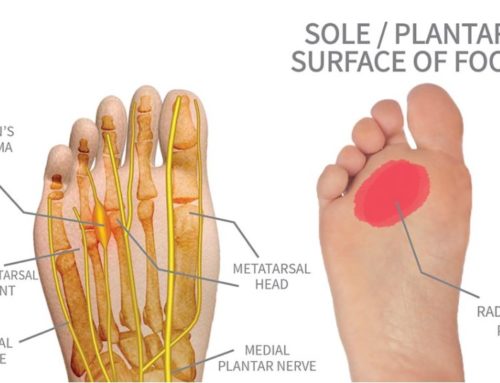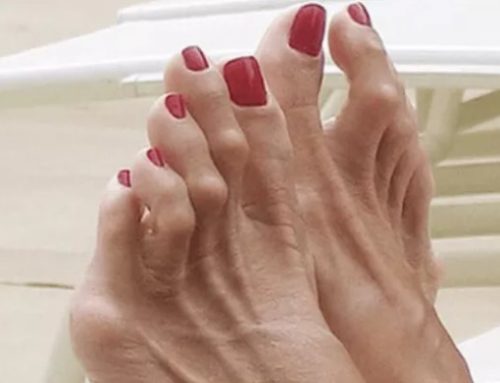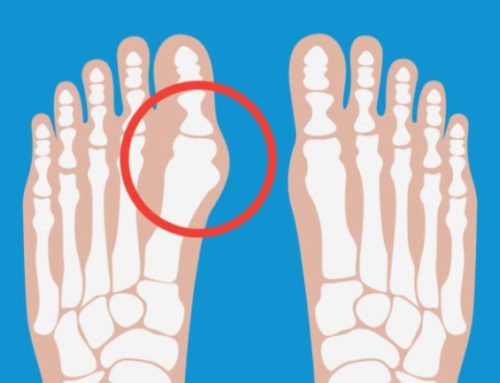Athlete’s foot will usually begin as a rash that can cause intense itching. Athlete’s foot is also known as tinea pedis and usually starts between the toes. Athlete’s foot will usually strike those people who wear tight-fitting shoes and have feet that sweat. The more your feet sweat the worse the symptoms seem to be.
Signs of Athlete’s Foot
Most common signs of athlete’s foot are itching, burning and stinging. Athlete’s foot is also very contagious and can be picked up from floors, towels and showers. Anywhere that a person has walked barefoot that has athlete’s foot will be contaminated.
Athlete’s foot is related to a few other fungal infections including jock itch and ringworm. Athlete’s foot can be treated with over-the-counter antifungal medications. If you find that the over-the-counter antifungal medications are not working it is time to see your foot specialist. There are medications available that can be prescribed and will reduce the discomfort quickly. Athlete’s foot can cause your feet to hurt and bleed if it is not taken care of.
You may notice that athlete’s foot can become worse at night after taking your shoes and socks off. Some forms of athlete’s foot can become so severe that it will cause blisters and open sores. If you have blisters try not to scratch them and open them up. If you do touch your blisters or feet be sure to wash your hands right away. Athlete’s foot can spread to your hands.
Time to see your Foot Specialist
If you suspect you have athlete’s foot and you have diabetes then you need to see your foot specialist right away. If you notice swelling, redness and have a fever then put a call into your podiatrist. There is no need having to suffer when your doctor is a phone call away.
What Causes Athlete’s Foot
Caused by the same organisms as jock itch and ringworm, athlete’s foot thrives in damp places that are warm. Try to wear shoes that allow the feet to breath at all times. Try to wear white cotton socks over those that are heavier and do not allow your feet to breath.
Avoiding Athlete’s Foot
- Wear shoes that allow your feet to breath.
- Do not share mats, bed linens, towels, socks or shoes with someone who has athlete’s foot.
- Do not walk barefoot in public areas including public showers. Wear flip-flops to protect your feet when in public areas.
Athlete’s foot that is not taken care of can spread to other parts of your body including your nails, your hands and your groin area.
What to Expect From Your Foot Doctor
Your foot doctor will examine your feet. You will be asked when this rash started. Does any other family member have athlete’s foot? Have you been in public showers, swimming pools or other areas where athlete’s foot may have spread?
If you have questions about athlete’s foot be sure to ask your doctor. The better informed you are the less chance of contracting this type of rash again.




Leave A Comment